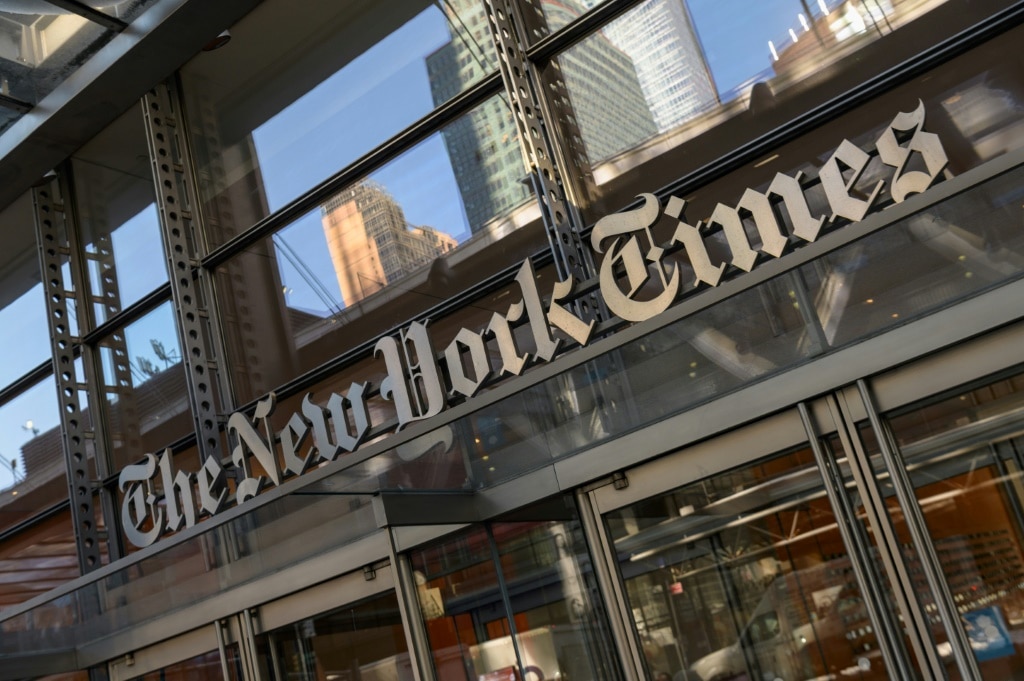Rod Sims wants stronger rules for AI and big tech to protect media, arts
Reining in big tech and AI is a low priority for government that threatens the future of media and the arts, says former ACCC chairman Rod Sims.

The federal government is treating reining in big tech and artificial intelligence as a “low priority” and that threatens to damage society by abolishing any incentive to produce art and other creative content, former competition watchdog chair Rod Sims says.
The government has backed Treasury’s five recommendations to strengthen the News Media Bargaining Code, which ensures tech titans pay media outlets for publishing news articles on their platforms.
But none of Treasury’s recommendations call out artificial intelligence specifically, and the risk the technology poses to copyright stretches beyond news media, Mr Sims said.
“It is something the government needs to think about very carefully. They can’t just let this issue play out,” he said.
“The News Media Bargaining Code was not based on copyright at all. Nonetheless, it’s based on some understanding that you’ve created something for which you need reward.
“Once you lose that link to ownership and reward of something you’ve created, then you are really damaging society because you are taking away the incentive of people to create news or write a novel, and so having this technology can completely override copyright and override ownership.”
Generative AI – the ability to produce anything from poems and photorealistic images to news articles and marketing campaigns via simple written prompts – is triggering a disruption bigger than the launch of PC computers, the internet and social media.
Australia’s largest companies, from big banks to biotech giants CSL and Cochlear, have embraced the technology, saying it would free up staff for more value added-work and jump-start flatlining productivity.
But others said generative AI needed to reined in. Robert Thomson, global chief executive of News Corp – owner of this masthead – said the technology must be allowed to be “degenerative AI”.
At the centre of the argument is the ability for tech giants to compensate creators – whether they be novelists, artists, composers or journalists – for using their work to train AI engines.
The government has left the door open for a crackdown on the use of the technology as part of the News Media Bargaining Code. But a review of the code, which would potentially cover AI, is not expected until 2025.

Mr Sims, who spearheaded the push for the original code which was launched in 2021 and prompted other countries to draft similar laws, said the federal government must act now to stop regulators playing catch-up.
“You can’t be continuing to frankly procrastinate on these issues. It’s doing Australia a lot of harm so I just wish the government would get a bit more proactive in this area. They’re almost treating it like a low priority, which is a real concern,” Mr Sims said.
He said the code must be expanded to include compensation for creators for using their content to train AI engines.
“But you’ve got bigger problems than just news media with generative AI. So it’s a huge issue that governments need to get across. We’ve got to think carefully about it and get ahead of the game. And think about what we can do about it,” Mr Sims said.
While the code had so far resulted in the tech giants paying Australian news outlets more than $200m, Treasury said a “critical test” of the code’s effectiveness would be the “extent to which a new round of agreements is made” when the current deals expire in coming years. Already the tech giants have resisted further changes. Google and Facebook have blocked news in Canada after Ottawa introduced similar laws earlier this year – although Google later relented.
The federal government has adopted Treasury’s five recommendations to strengthen the code, and has threatened to use its legislative powers to force mediation, known as designation, unless new deals are struck.

But the code is yet to include AI specifically, instead repeatedly citing rapidly evolving technology.
Separately, the Australian Competition and Consumer Commission has proposed a series of reforms to rein in so-called big tech as part of a five-year investigation into the market power of digital platforms. It has released a report every six months to provide updates on the inquiry’s progress.
But Mr Sims said the government had been slow to act on the ACCC’s findings. Earlier this month the government only declared in-principle support to proposals made late last year that would have given the ACCC the same powers as British and European regulators.
“The government has had that report for 14 months and came out, saying they accept it in principle, but they’re really going very slowly on it and they’re very ambiguous about the ACCC’s role,” he said.
“And so I’m very worried that the government is sort of dealing the ACCC out of an area that we once were a leading player in the world, and we’re falling way behind.
“So rather than being on the front foot, we’re now on the back foot. That’s the real worry.”








To join the conversation, please log in. Don't have an account? Register
Join the conversation, you are commenting as Logout